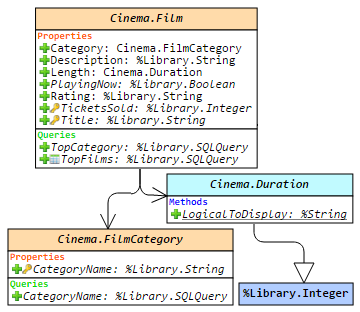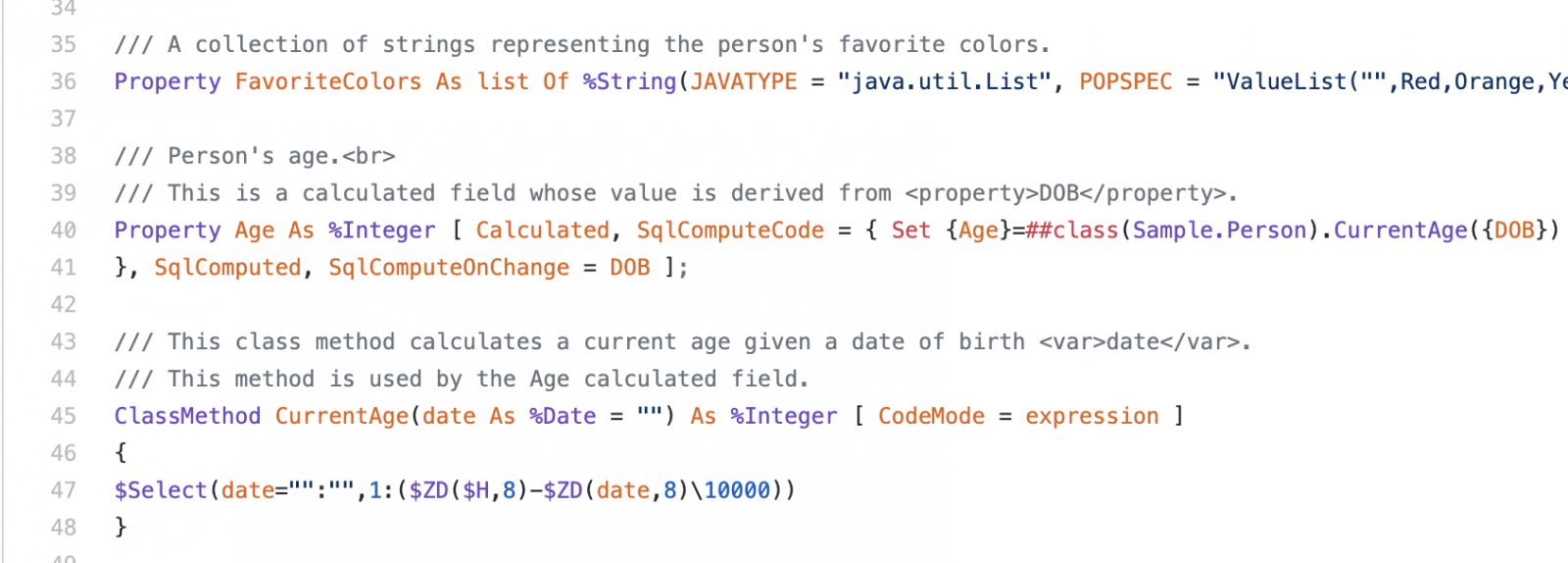This post is intended to guide you through the new JSON capabilities that we introduced in Caché 2016.1. JSON has emerged to a serialization format used in many places. The web started it, but nowadays it is utilized everywhere. We've got plenty to cover, so let's get started.



 Hello!
Hello!
